Tulsi Gabbard’s declassification of documents that support the view that the intelligence community engaged in a deliberate conspiracy to target the incoming president with false or dubious claims is truly explosive – unless you deliberately choose to ignore it. Surprise, surprise – the same people who helped manufacture and propagate these claims in the first place are sticking to their guns, with the normal veterans of the CNN octobox.
A suspicion long held among some close observers of the Russia kompromat conspiracy that dogged Donald Trump’s first term was that it originated from much higher levels within the government than was previously exposed – with reporters like Lee Smith at Tablet chasing down evidence that then-President Obama himself was not just aware of the moves, but called for a new report to be drafted, one which was ultimately based on shoddy evidence with utterly debunked claims.
The declassification of a 2020 House Permanent Select Committee on Intelligence (HPSCI) depicts a scenario of manufactured consensus among the intel community, when no such consensus existed. As the Director of National Intelligence’s summary details:
On December 9, 2016, a National Security Council meeting was called with President Obama’s senior national security officials, which included CIA Director John Brennan, DNI James Clapper, Susan Rice, Andrew McCabe and others.
After the December 9, 2016 secret meeting of Obama national security officials, DNI Clapper’s assistant sent an email to leaders in the IC with the subject line “POTUS tasking on Russia Election Meddling,” and tasking to create a new “assessment per the President’s request.”
The HPSCI oversight report reveals that, “unlike routine IC analysis, the ICA was a high-profile product ordered by the President, directed by senior IC agency heads, and created by just five analysts, using one principal drafter. Production of the ICA was subject to unusual directives from the President and senior political appointees, and particularly DCIA.”
Later that same day, Brennan ordered the inclusion of “substandard reporting” on Russian activities, which had previously been withheld from publication because the information was judged “to have not met longstanding publication standards.” Some of the information was later used in the ICA, over the objections of veteran CIA officers, because it was “unclear, or from unknown subsources.”
An outpouring from the typical range of Russiagate conspiracy defenders in media, including former employees of the Obama administration with obvious conflicts of interest here, is unlikely to change the opinions of anyone who distrusts these entities to the nth degree already after the past two decades. And while the calls from Republican Senators John Cornyn and Lindsey Graham for a special counsel to look into the revelations may well be ignored (given the chaotic and unpredictable nature of such appointments), the reaction among Republicans on Capitol Hill is one of outright disgust at the unacceptable degree of politicization that apparently occurred at the highest levels.
If you wanted a summary of the years-long battle between the intel community’s public spokesmen and the Russiagate skeptics, you could do little better than this quote regarding the infamous Steele Dossier contained within the report. After confronted by a CIA officer who opposed its inclusion based on its obvious errors and outrageous claims, “DCIA [John Brennan] refused to remove it, and when confronted with the dossier’s main flaws, [Brennan] responded, ‘Yes, but doesn’t it ring true?’”
To paraphrase Ronald Coase, if you torture the intelligence long enough, it will confess to anything. The old George Costanza line is a decidedly dangerous way for any intelligence apparatus to behave when it comes to what they say to the public: “It’s not a lie, if you believe it.” And that’s what Brennan et al are still doing today.



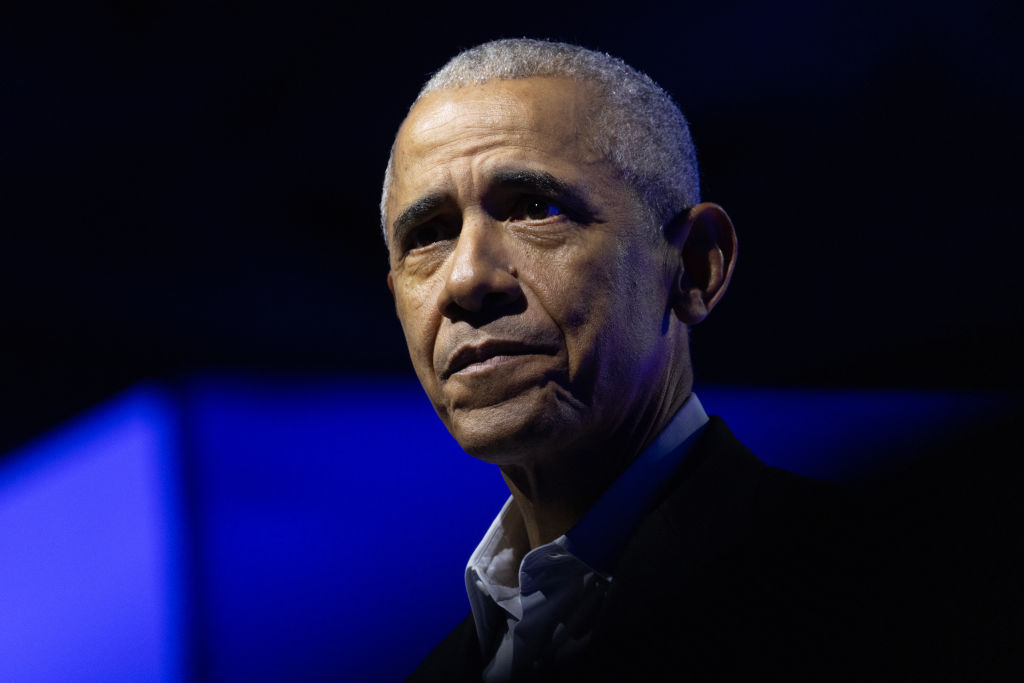








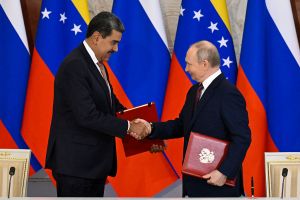
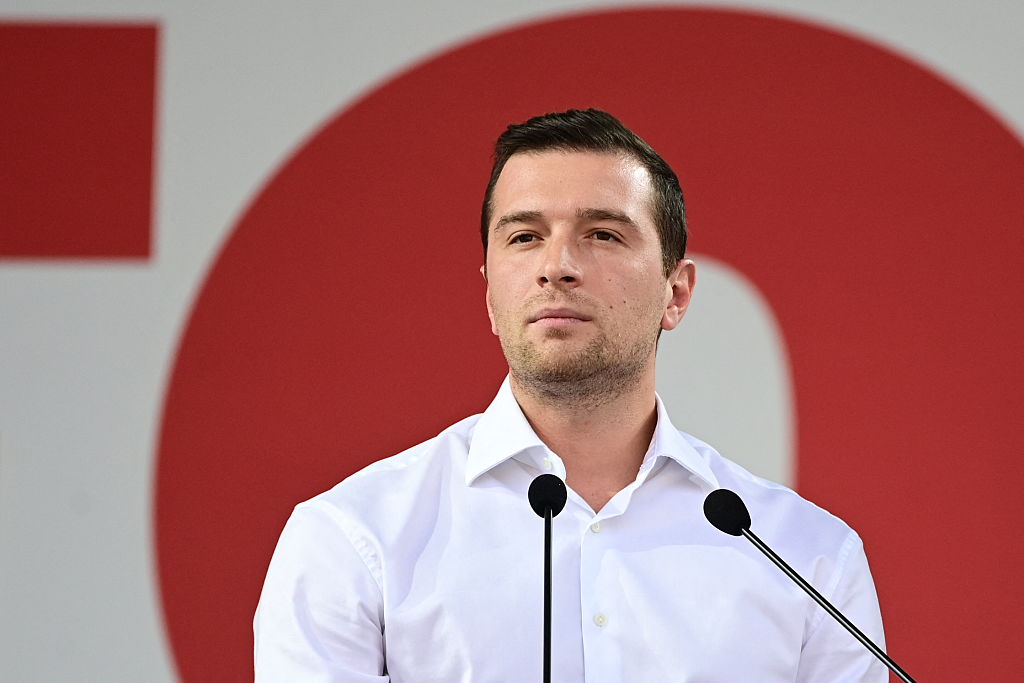
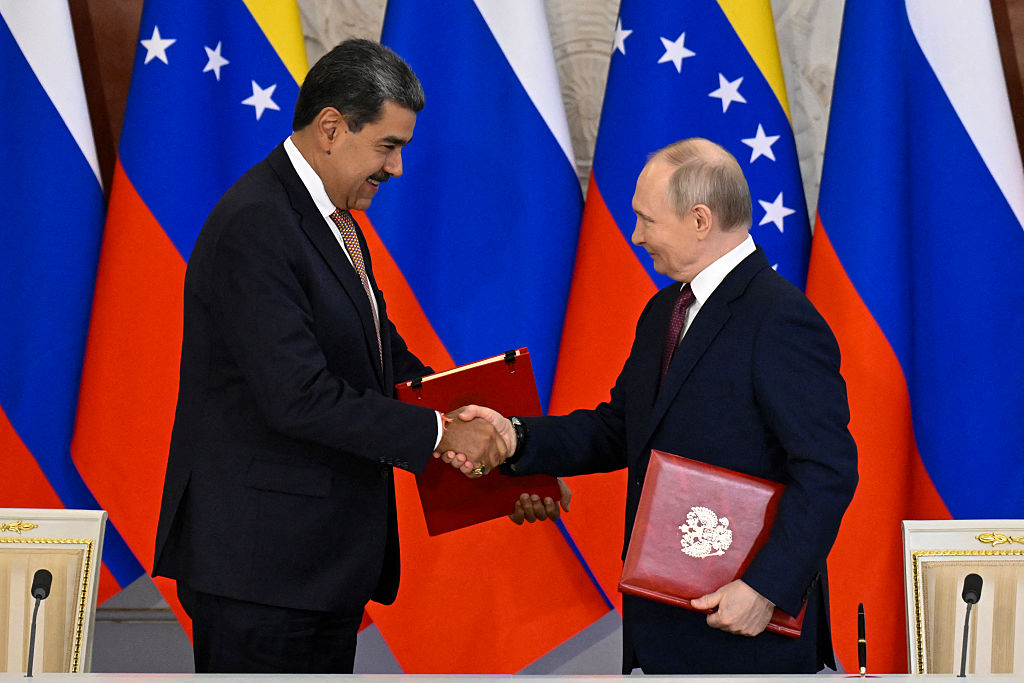
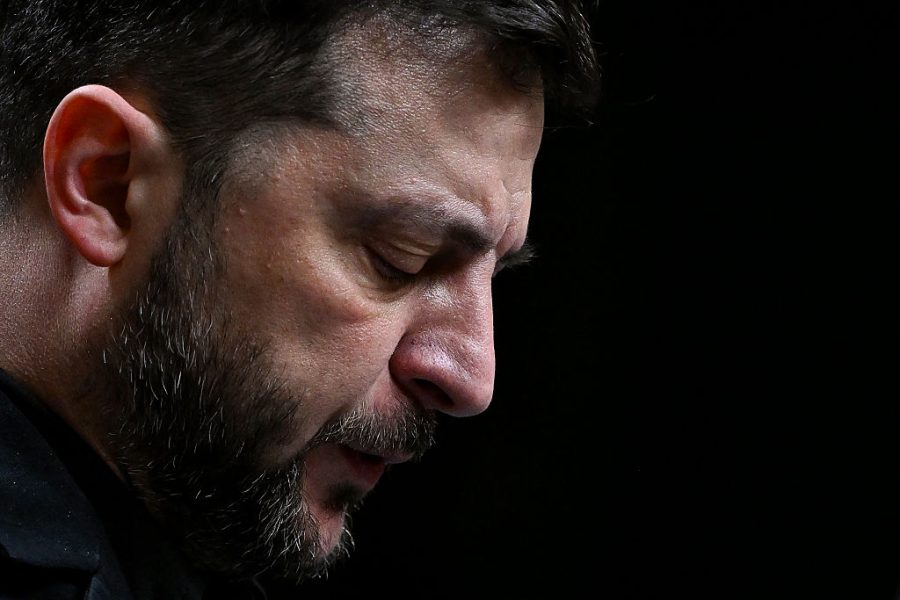
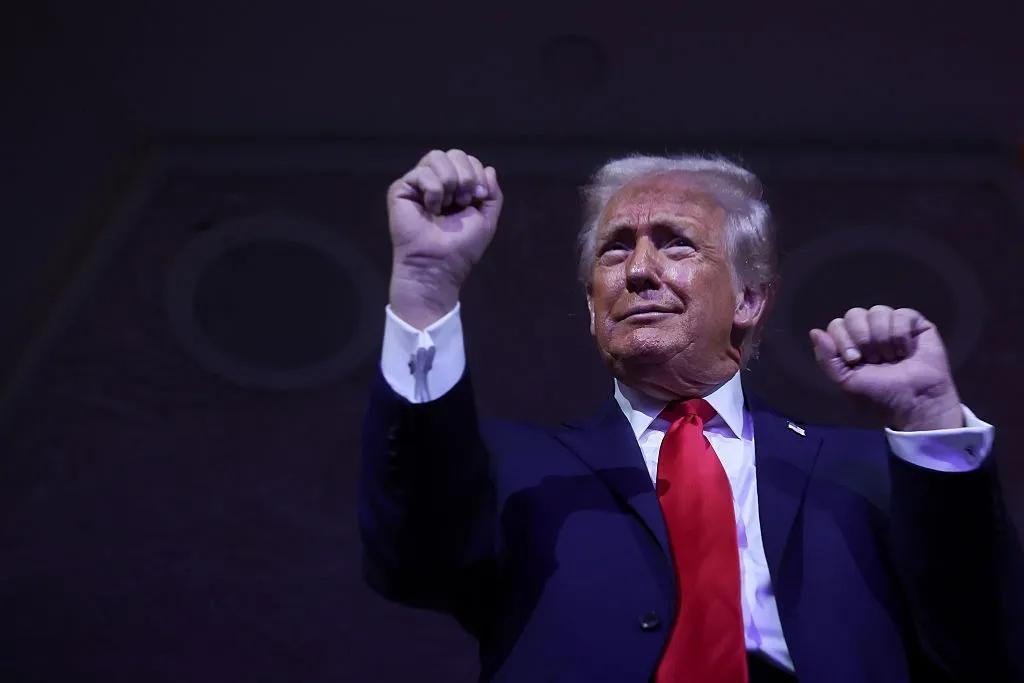



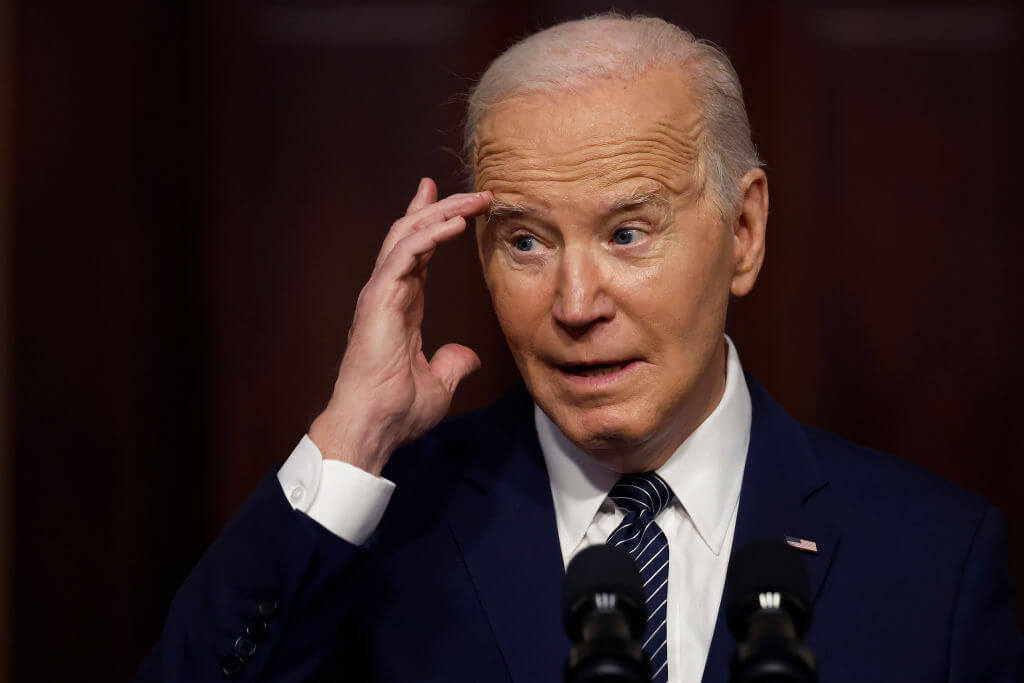



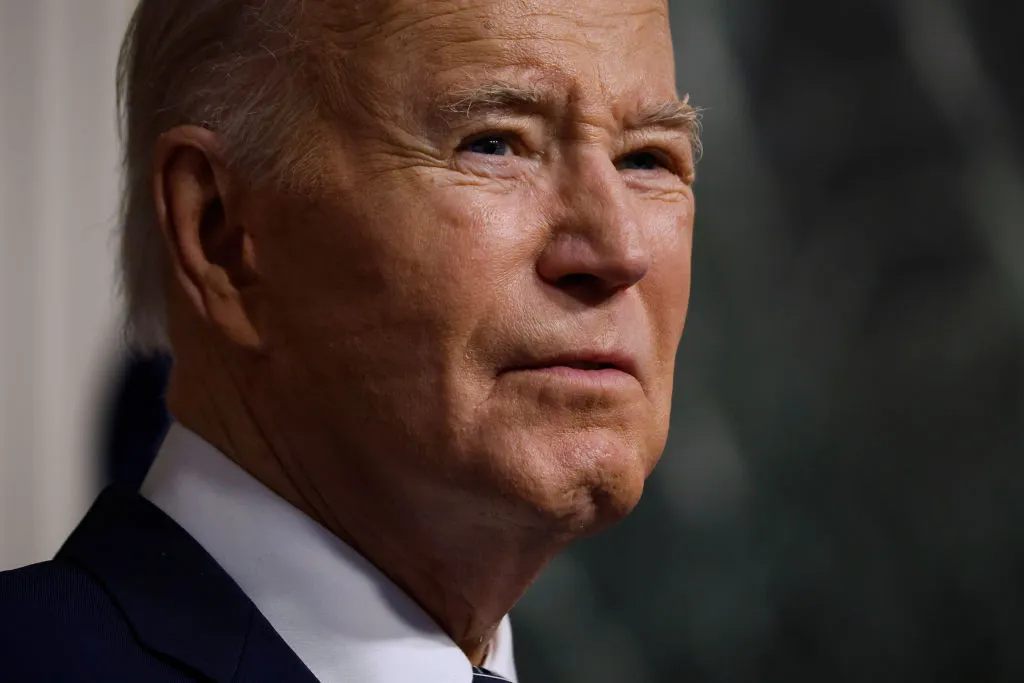

Leave a Reply